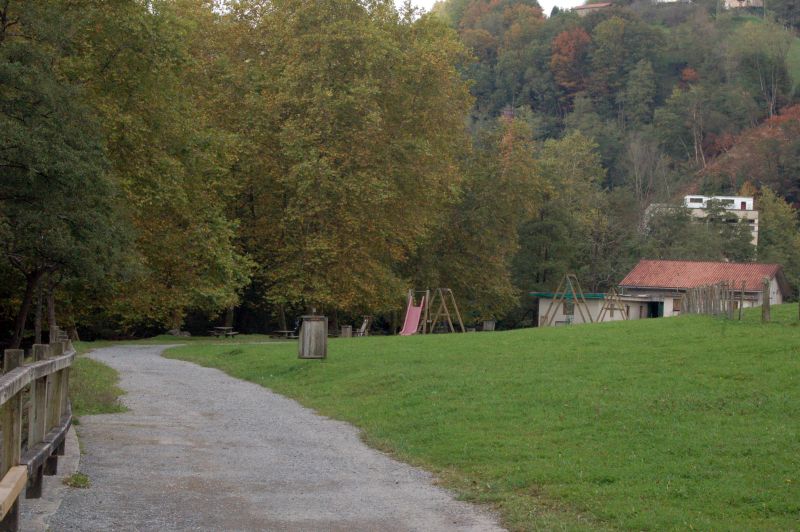
Puntos de Interés

Culture
The archaeological site of El Tendal
The archaeological site of El Tendal is located in the vicinity of Barranco de San Juan, in the urban centre of Los Galguitos, belonging to the municipality of San Andrés y Sauces, in the northeast of the island.
According to the studies and excavations carried out, this site was inhabited for more than a thousand years by some twenty Benahoaritas, who came from West Africa and later founded the canton of Adeyahamen, which currently forms the municipality of San Andrés y Sauces.
The site consists of a natural cave, 60 m wide, and 27 inhabited caves, which are distributed along the walls of the Barranco de San Juan ravine. In addition to this group, there are several surface settlements, which may have been used as work and grazing sites, and three necropolises. The archaeological site of El Tendal is located in the vicinity of Barranco de San Juan, in the urban centre of Los Galguitos, belonging to the municipality of San Andrés y Sauces, in the northeast of the island.
According to the studies and excavations carried out, this site was inhabited for more than a thousand years by some twenty Benahoaritas, who came from West Africa and later founded the canton of Adeyahamen, which currently forms the municipality of San Andrés y Sauces. The site consists of a natural cave, 60 m wide, and 27 inhabited caves, which are distributed along the walls of the Barranco de San Juan ravine. In addition to this group, there are several surface settlements, which may have been used as work and grazing sites, and three necropolises.
Several cave engravings have been found in the area, as well as domestic artifacts such as pottery and other pieces and tools made from eggs, stone or mollusc remains. In addition, remains and evidence of the Benahorite way of life have also been found, such as bones of domestic fauna, food remains of marine and vegetable origin, charcoal and seeds. There is also an interpretation centre on site, where many of the pieces found are kept and exhibited. Explanatory panels and audiovisual panels to complete the visit.
Several cave engravings have been found in the area, as well as domestic artifacts such as pottery and other pieces and tools made from eggs, stone or mollusc remains. In addition, remains and evidence of the Benahorite way of life have also been found, such as bones of domestic fauna, food remains of marine and vegetable origin, charcoal and seeds. There is also an interpretation centre on site, where many of the pieces found are kept and exhibited. Explanatory panels and audiovisual panels to complete the visit.


